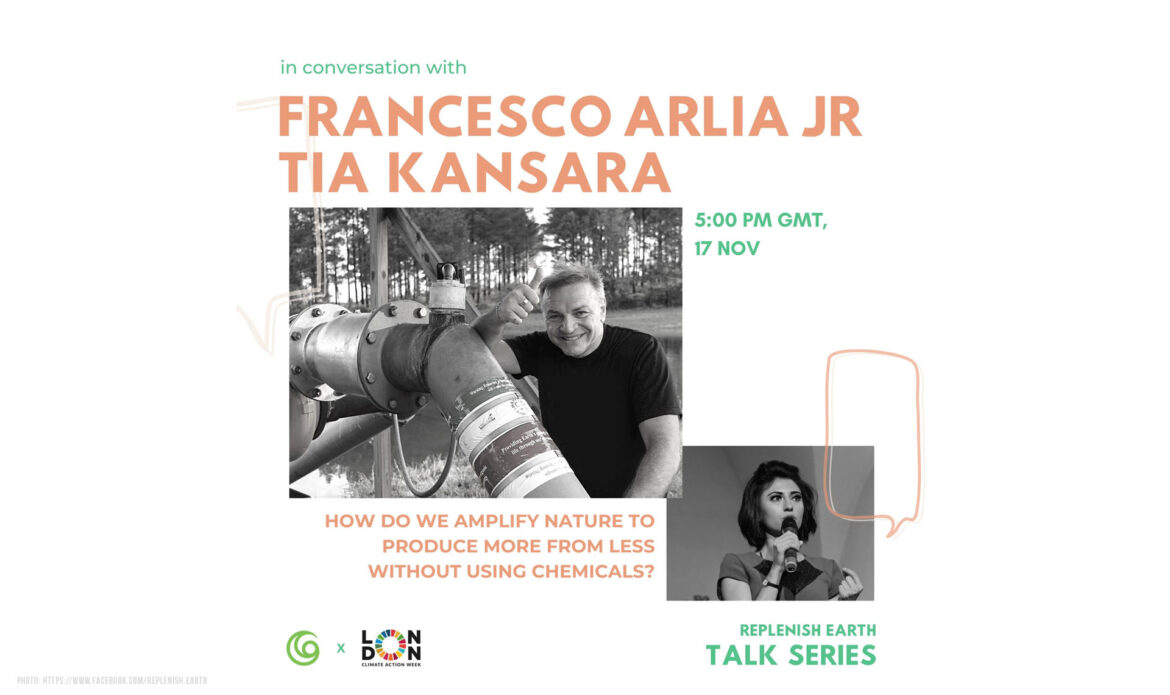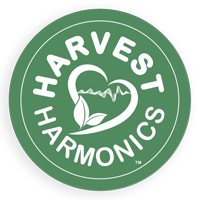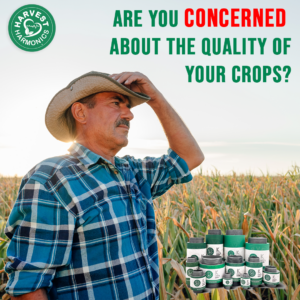Use of Sound Wave Technology on Water Tomato Scarcity
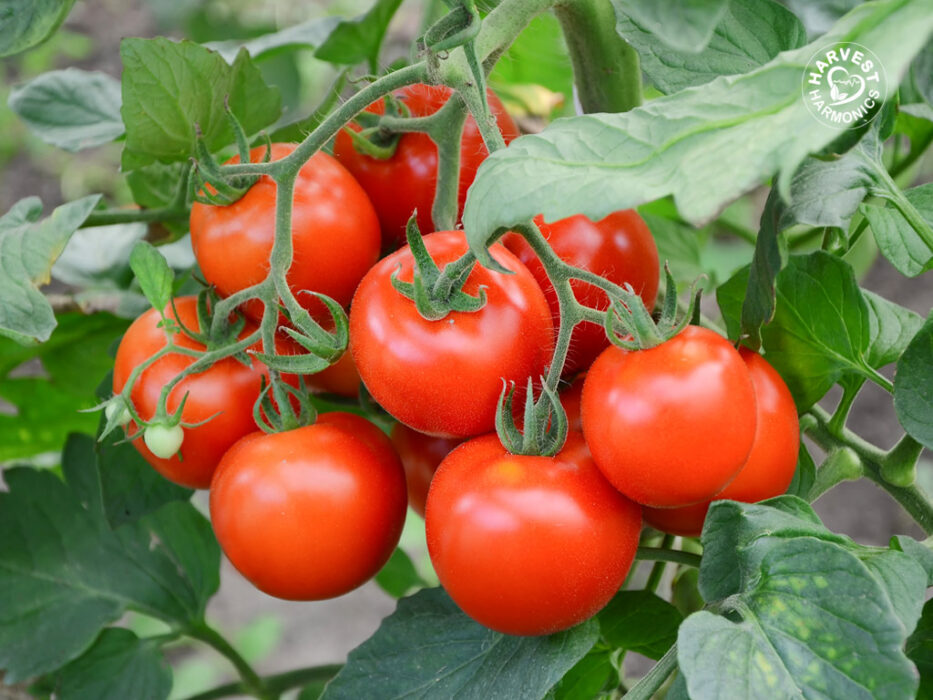
Use of Sound Wave Technology on Water Tomato Scarcity
Tomato (Solanum Lycopersicum), with annual global production of around 182.3 million tons, is the second top worldwide produced vegetable, also is among the most popular vegetable produced in the United States of America (USA) where the topmost producers are Indiana, Florida, and California, besides the tomatoes being sold in the fresh vegetable markets, a large portion of the tomatoes is processed as sauces, paste, canned whole tomatoes, ketchup, and juice.
California State produces 255,388 thousand centum weight of tomatoes each year consequently, it is the highest producer of tomatoes in the USA and among the highest tomato producers in the world. More specifically, approximately one-third of the world’s tomatoes and 95% of the United States’ tomatoes are produced in California.
Tomato is not a very tolerant plant in response to many abiotic stress conditions and its growth and productivity are limited by unfavorable environmental conditions such as drought and salinity (Dong et al. 2020). Drought stress causes many adverse effects including negative leaf water balance, turgor loss, chlorophyll degradation, and down-regulation of photosynthesis through affecting stomatal functioning and restricting the supply of carbon dioxide (Zhou et al. 2017). Cell enlargement, leaf expansion, root and shoot development, dry matter partitioning, and consequently yield are also negatively influenced by drought stress (Farooq et al. 2009). Up to the present, a great number of investigations have been conducted to develop strategies to help plants to cope with drought stress (Aliniaeifard and Van Meeteren 2016a, b; Lastochkina et al. 2019; Khan et al. 2020).
In California, there were no major issues during planting, but higher than average temperatures in late spring affected early crop yields. Inconsistent weather patterns throughout the growing season prompted short interruptions in the flow of ripe tomatoes. Wildfires that raged through the state in late summer and early fall slowed the processing of tomato harvest. Crop quality varied by region and disease pressure was low. Due to a lack of rain, water availability continued to be a concern.
Approximately 90% of California tomatoes are grown in groundwater sub-basins (Fig. 1) that are classified as high priority or critically over-drafted. Restrictions on groundwater pumping under Sustainable Groundwater Management Act will increase competition for water, which increases the cost of water to growers in those regions and increases tomato production costs by USD 75 to USD 235 per acre, or 3% to 7%, depending on production region.
The processing tomato industry requires a material with favorable dry matter content to keep the cost of water evaporation as low as possible during the preparation of the pulp. The main fraction of this dry matter content in tomato fruits comprise the soluble solids content, expressed in °Brix it is highly influenced by the natural or artificial water supply If there are no reduce costs market prices would vary by region, which would affect crops that could be profitably irrigated.
Research developed on the effect of water stress on tomato plants reported that it had no effects on acidity levels and Total Solids Suspended. Saito et al. (2008) reported that the °Brix value increased in tomatoes under salt stress and, tricarboxylic acid levels of stress-treated fruit was also 1.6 times higher than that of the control and would affect the total acidity of tomato fruit. Mitchell et al. (1991) reported that the water-soluble solid content increased in tomato plants that were grown in limited water conditions because when water was scarce, the organic soluble dry substance synthesis and accumulation increased.
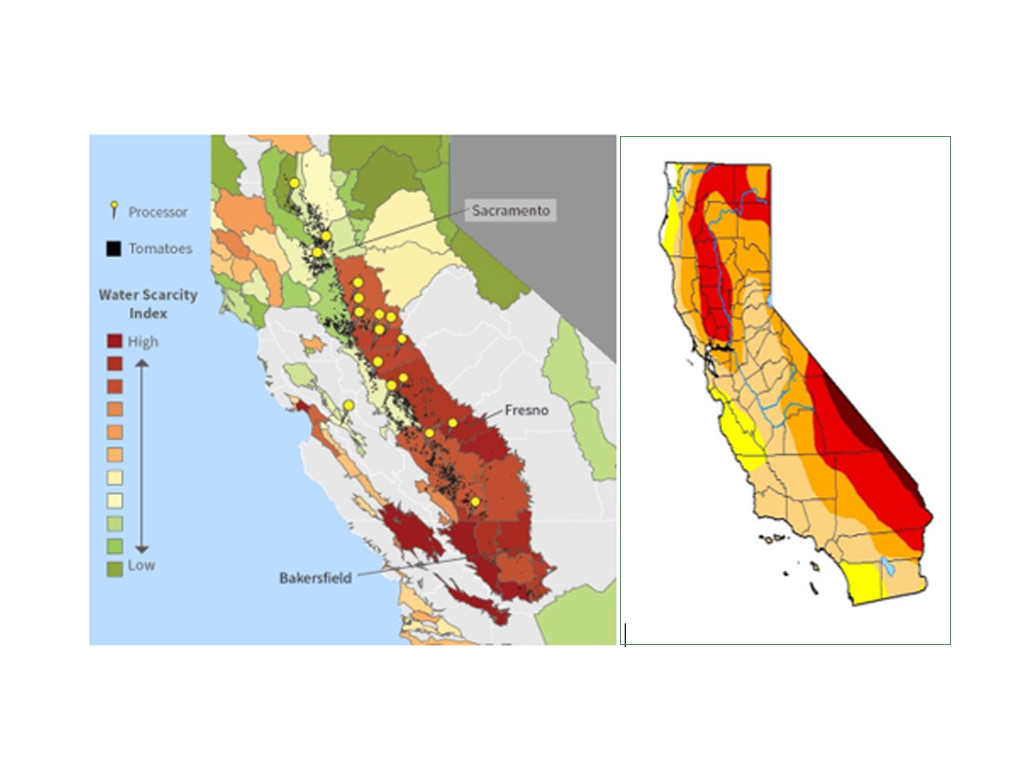
Figure1. Map of water scarcity across the California state and zones with different drought intensity. The location of most tomato production and processors is in the San Joaquin Valley in water-stressed areas. (Adapted from: https://www.farmwater.org/cfwc-blog/ and https://droughtmonitor.unl.edu/)
Both under- and over-irrigation can cause inadequacy in crop yield to find the optimal water supply level can save water and may provide yield quantity and quality. Lowers levels of water stress can affect yields positively thus, measuring and monitoring water stress is the key to its control and the appropriate amount the plants should be exposed to can enhance the production of desirable compounds that make it healthier for consumers and profitable for producers.
In our experience fields irrigated under the effects of Kyminasi Plant Booster technology show a reduction in water use and better rates of infiltration. From November 2020 a field in Paine – Chile was irrigated and monitored with soil moisture capacitance sensors, previous information about the rate of water infiltration was 40 centimeters in 12 hours; now under the effect of Kyminasi Plant Booster technology the rate of water infiltration is 100 centimeters in 10 hours, showing a three-time more quick water infiltration rate with 66% of water-saving.
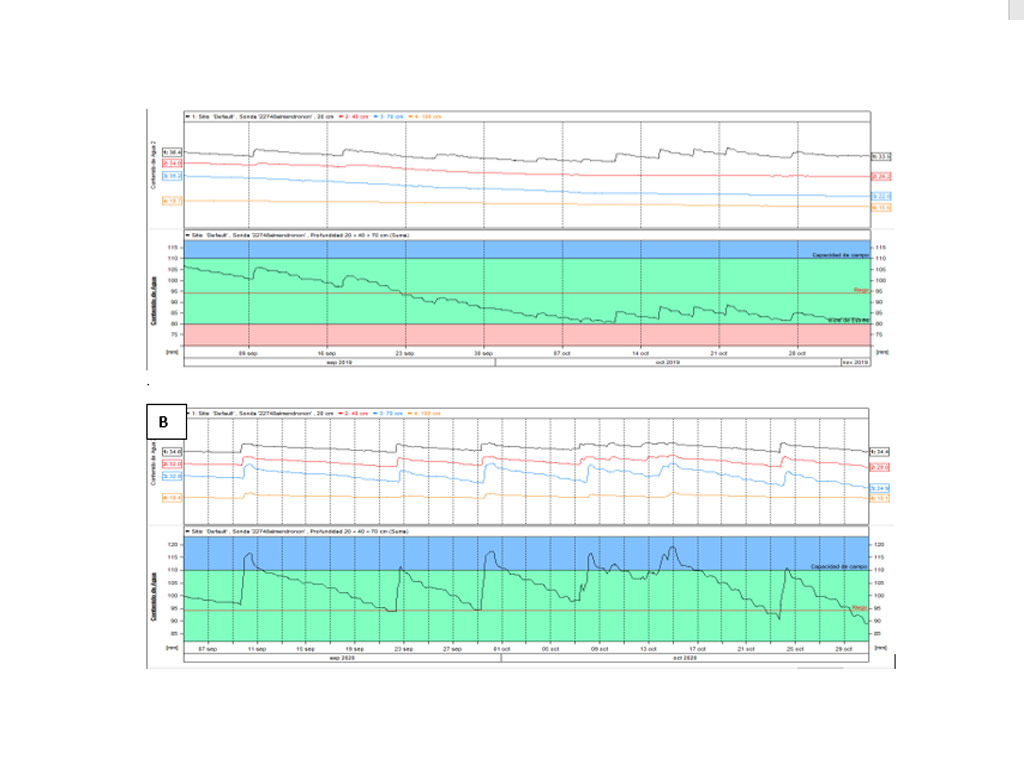
Figure 2. Water infiltration results: on the upper (A) graph the previous conditions low and slow infiltration rate, bottom graph (B) show faster and deep infiltration rate after Kyminasi Plant Booster technology use
Climate change scenarios predict restriction in water supply shortly, but large parts of the world already suffer from the deficiency of water in agriculture as we show in other publications plants perceive sound waves as a type of external signal similar to biotic or abiotic stress stimuli, the response to such stimuli is the biosynthesis of secondary metabolites, including ascorbic acid, flavonoids, and other compounds that may have protective effects (i.e., antioxidant or antimicrobial occupations). The concentrations of these compounds increased in response to external stimuli such as light, ultraviolet radiation, temperature, ozone, heavy metals, and drought conditions (Mierziak. et.al 2014., Lim et.al 2017).
Although the use of the Kyminasi Plant Booster technology does not prevent or allow to control the damage caused by extreme environmental events due to water scarcity or climate change it has demonstrated effects on water use related directly to production per plant with higher quality in terms of dissolved solids content.
Kyminasi Plant Booster provides producers of Tomato and other important crops in agriculture clean and safe use technology with the low environmental impact that improves cycling and availability of nutrients in the soil, reduces the use of water for irrigation, and strengthens the resistance of the plants against stress factors, enhance chemical-free production systems, with better phytosanitary conditions that represent health benefits for consumers and better income for producers.
By Leonardo Martinez, Harvest Harmonics Field Researcher South America.
LinkedIn: Leonardo Martinez Luque
Twitter: @leonemil
Fernandez-Jaramillo, A.A., Duarte-Galvan, C., Garcia-Mier, L., Jimenez-Garcia, S.N., Contreras-Medina, L.M. 2018. Effects of acoustic waves on plants: An agricultural, ecological, molecular and biochemical perspective. Scientia Horticulturae, Volume 235, Pages 340-348. https://doi.org/10.1016/j.scienta.2018.02.060. Kasler, D. 2021. California, get ready for water cutbacks. Cities, farms receive grim warning about supply. The Sacramento Bee. https://www.sacbee.com/news/california/water-and-drought/article250145884.html Lahoz, I., Pérez-de-Castro, A., Valcárcel, M., Macua, J.I., Beltrán, J., Roselló, S., Cebolla-Cornejo, J. 2016. Effect of water deficit on the agronomical performance and quality of processing tomato, Scientia Horticulturae, Volume 200, Pages 55-65. https://doi.org/10.1016/j.scienta.2015.12.051. Lim SH, Kim DH, Kim JK, Lee JY and Ha SH. 2017. A radish basic helix-loop-helix transcription factor, RsTT8 acts a positive regulator for anthocyanin biosynthesis. Front Plant Sci 8:1917Mierziak J, Kostyn K and Kulma A. 2014. Flavonoids as important molecules of plant interactions with the environment. Molecules 19:16240–16265.
Press Room
30 Days Summer School International Training Programme India
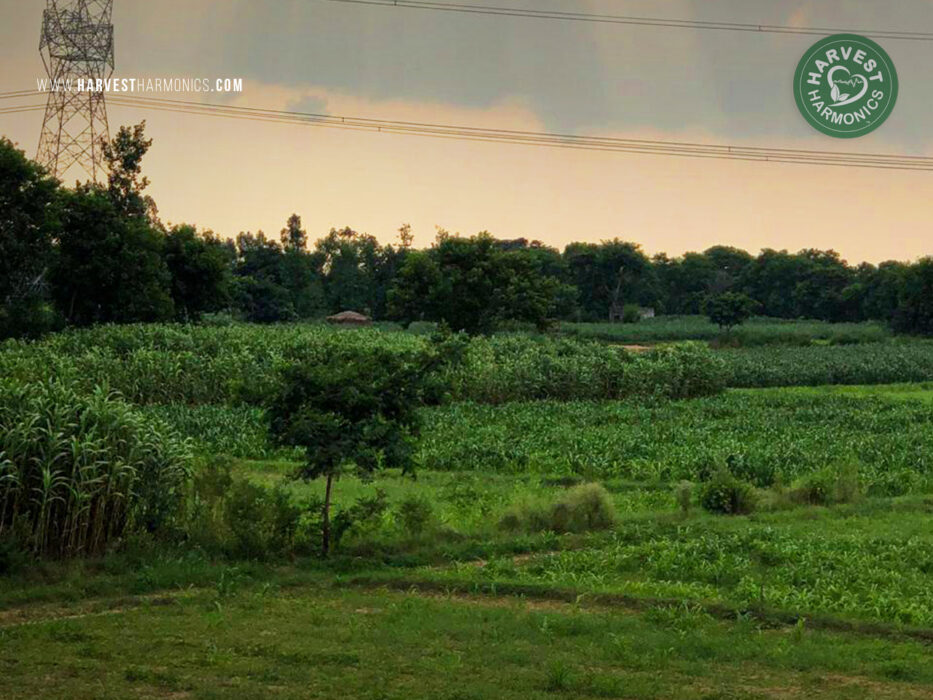
Agricultural Technology for Farmers in India

Organic Earth Tech, OETI, Launches One Million Dollar Technology
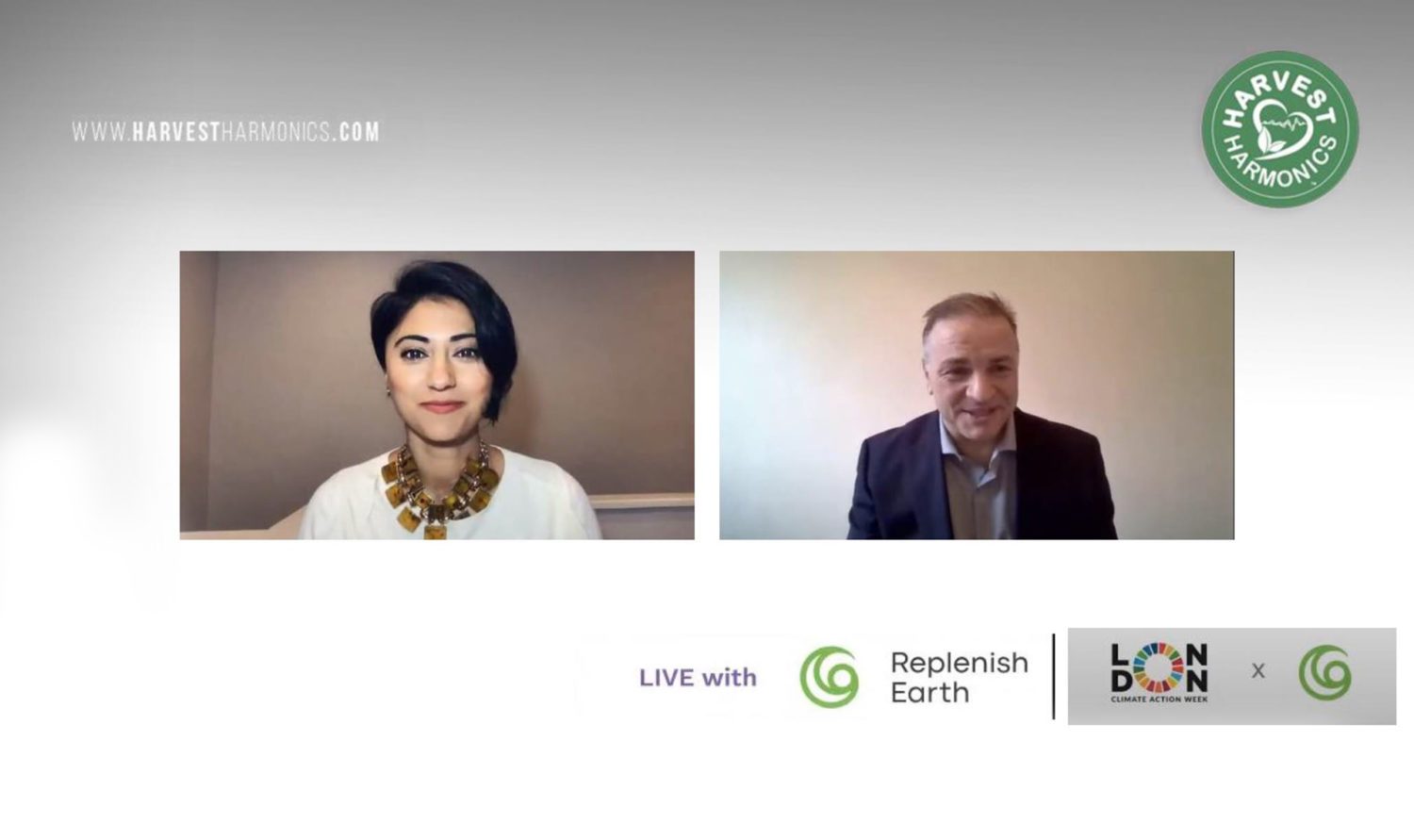
Produce More From Less
